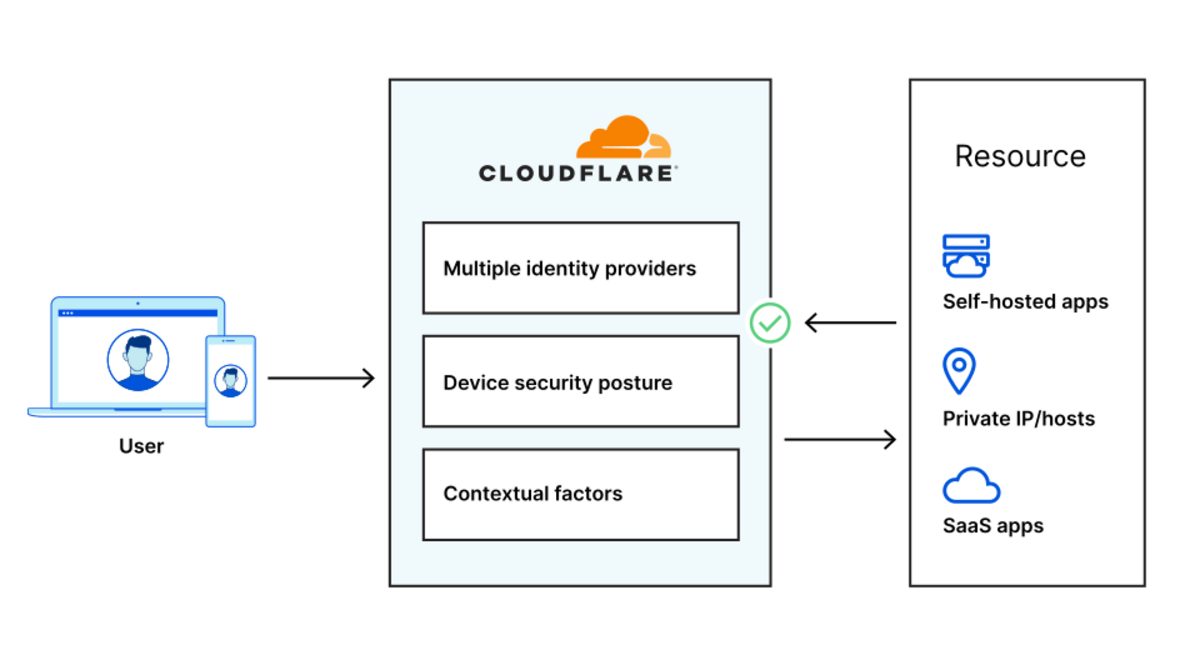Sunlight aims at more efficient virtualization
Virtualization software is dated and does not take full advantage of modern hardware, making it extremely power-inefficient and forcing data centers to overprovision hardware to avoid poor performance.That’s the pitch of Sunlight, a virtualization-software vendor whose products take advantage of technologies that didn’t exist when Xen, KVM, VMware and Hyper-V were first developed.[Get regularly scheduled insights by signing up for Network World newsletters.] “The cloud infrastructure or virtualization stacks have been designed and built 15 to 20 years ago,” said Kosten Metreweli, chief strategy officer of Sunlight. “So the big problem here is that back then, I/O, and particularly storage, was really slow. So fast forward, and we now have NVMe storage, which pushes millions of IOPS from a single device, which is orders of magnitude better than was possible just a few years ago.”To read this article in full, please click here


 Short video on differences.
Short video on differences.
